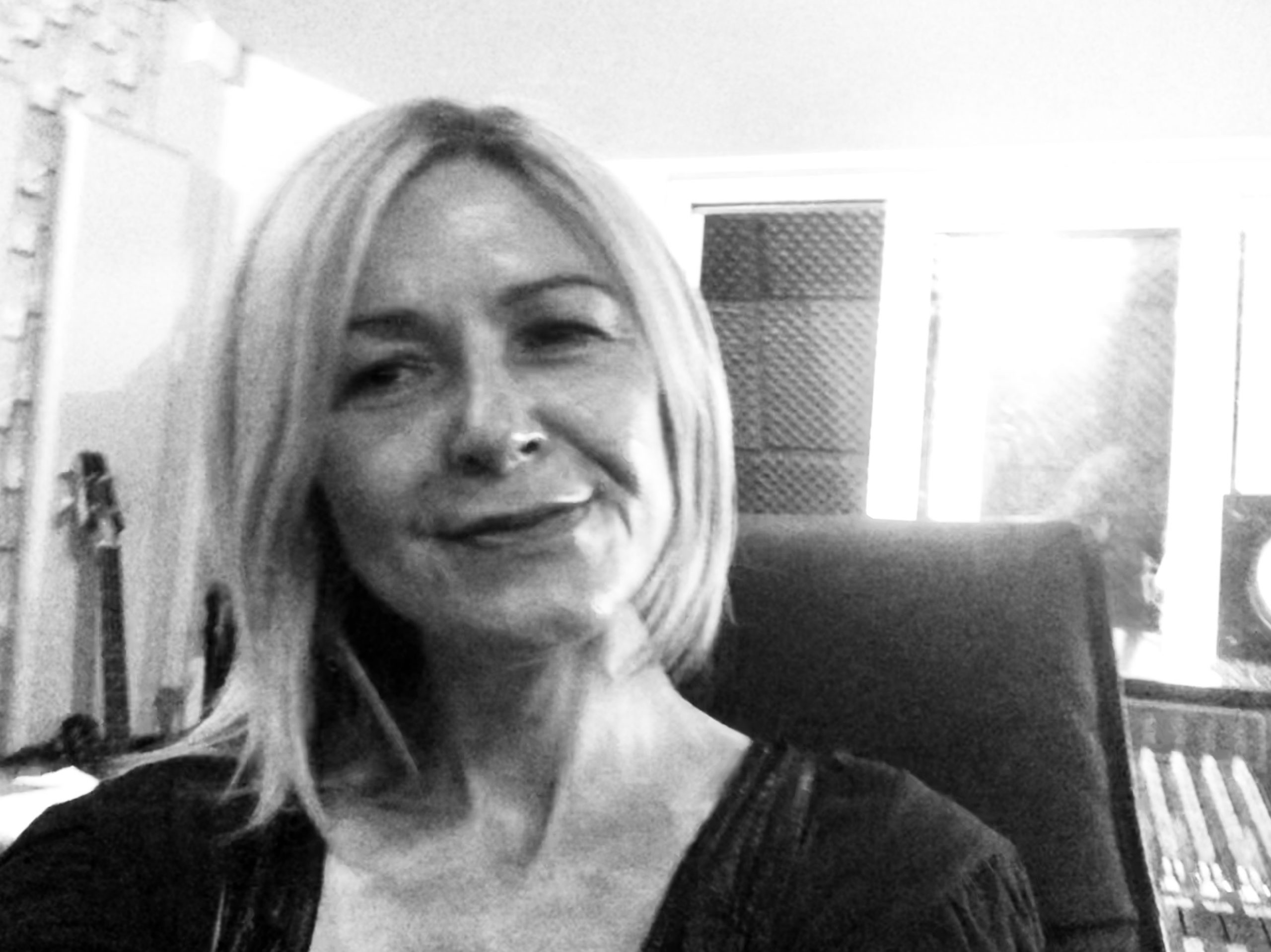
Songwriting tips: rhyming
Rhyming can sometimes be the stickiest part of songwriting. Unable to find a good rhyme can leave us picking through words for a long time, sometimes even an hour. That’s a tough frame of mind to be in!
On one hand, you don’t want a perfect rhyme (ex. part/heart) for fear of sounding too simple. When you’ve been sitting on one line for too long, the words start to sound strange, maybe forced. Here are some tips to make your lines flow naturally.
Focus on the vowel
When we’re looking for imperfect rhymes, the key is to look at the vowel and separate it from its consonants (tip: a word like “mine” can be two vowels). By doing this, you can find words you didn’t think would rhyme at all, but they do.
Don’t get too fancy
There are perfect rhymes that don’t sound so cringey. I can’t count the number of times I was looking for a rhyme for “you” and worked in “two/too/to” or “do”. Sometimes, simpler is better.
Use conversational language
Not to say you can’t use interesting words (Julia Michaels uses the word “serpentine” in the Selena Gomez song “Bad Liar”), but generally, using words that you would easily say to a friend is a great way to go. There are words you would say to a friend that others wouldn’t say—this is what makes you unique.
Use words that fit your imagery
Always observe all the imagery, metaphors, symbols, etc. that you use in your song. Do they match? How many of those images did you use to make your lines rhyme?
Be aware of where your rhyme falls
Generally, our rhymes fall at the end of the line. If you can do this, be aware of where you play in your chord progression/pattern; what bar is it in? Do your rhymes fall at the same point in each bar? Many times, our rhymes feel forced because they don’t line up naturally, and it sounds strange. Contradictorily, sometimes our rhymes feel forced because they line up too perfectly.
Rhyme in unexpected places
It is also possible that your rhymes are too predictable. Try rhyming within a line, or using a different rhyme scheme to surprise your listeners.
For example, you could rhyme like this:
A: I don’t know where to start
A: Thought I’d be in your arms
This is good, because the rhymes aren’t perfect and it lines up. But what if you tried this:
A: I don’t know where to start
A: I was in your arms when you put up your guard
By adding the internal rhyme here, there is both a change of rhythm and an added interest. Just keep being aware of the changes in your lines so you can repeat it using the rule of two.
Take your time
Come back to songs. You might look through rhyming dictionaries forever just to get frustrated and do something else. Then the line ends up coming to you when you are doing mindless tasks like dishes or taking a shower. It’s okay if you use a placeholder or you just don’t have a line yet—come back to your song later.





